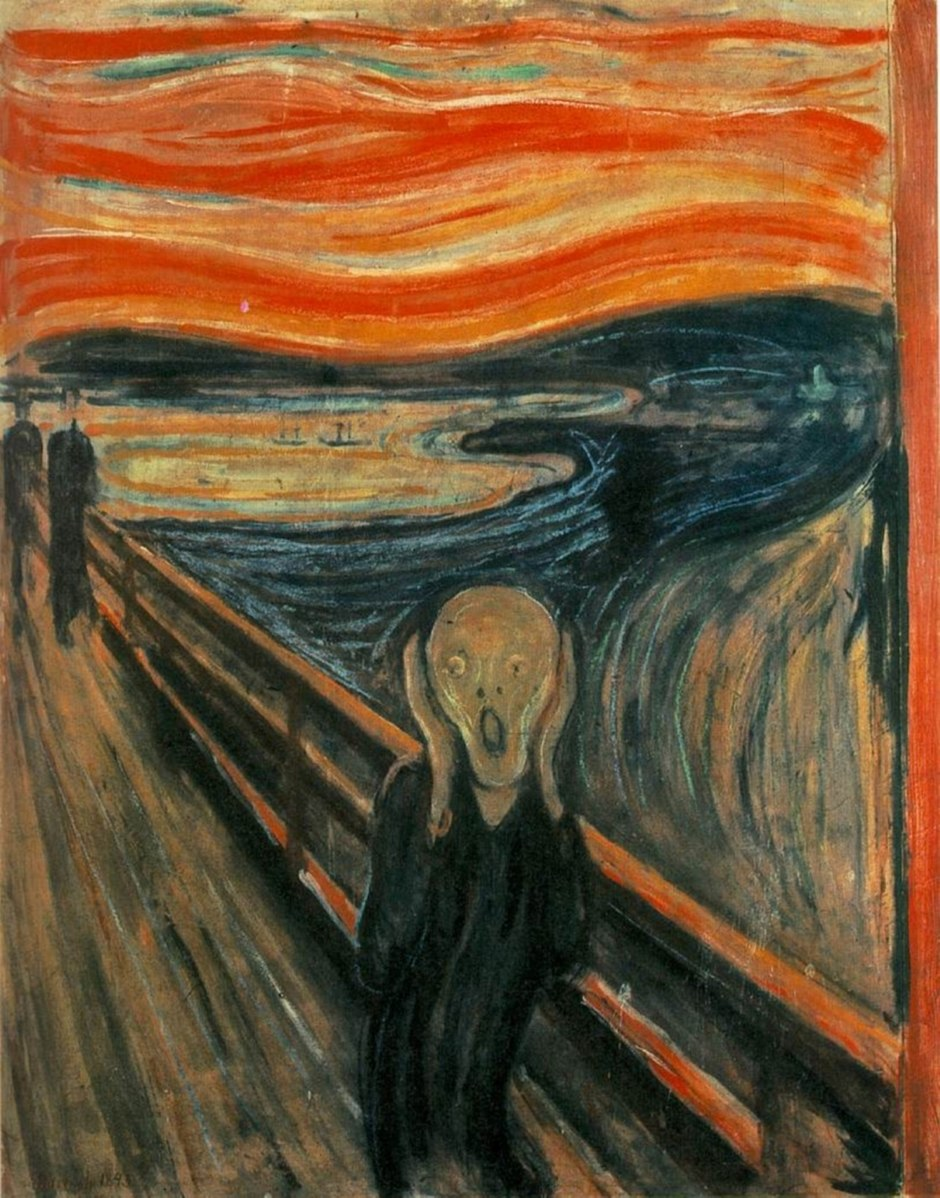_________________________________________________________________
1 Michael Levenson, “Introduction” in The Cambridge Companion to Modernism, ed. Michael Levenson (Cambridge: Cambridge University Press, 2011), 4.
2 Levenson, “Introduction,” 5.
3 Sara Blair, “Modernism and the politics of culture,” in The Cambridge Companion to Modernism, ed. Michael Levenson (Cambridge: Cambridge University Press, 2011), 161.
4 “A Miniature Solar System, 1890s-1919” The Manhattan Project, accessed February 19, 2020, https://www.osti.gov/opennet/manhattan-project-history/Events/1890s-1939/solar_system.htm.
5 Michael Bell, “The metaphysics of Modernism,” in The Cambridge Companion to Modernism, ed. Michael Levenson (Cambridge: Cambridge University Press, 2011), 16.
6 Wassily Kandinsky, Kandinsky: Complete Writings on Art, ed. Kenneth C. Lindsay and Peter Vergo (Cambridge, MA: Da Capo, 1994), 364.
7 Blair, “Modernism and the politics of culture,” 161.
8 Levenson, “Introduction,” 5.
9 Percy Bysshe Shelley, “The Defense of Poetry,” Poetry Foundation, accessed February 15, 2020, https://www.poetryfoundation.org/articles/69388/a-defence-of-poetry.
10 Bell, “The metaphysics of Modernism,” 16.
11 Jürgen Habermas, “Modernity - An Incomplete Project,” in The Anti-Aesthetic: Essays on Postmodern Culture, ed. Hal Forster (Port Townsend: Bay Press, 1983), 11.
12 James Longenbach, “Modern poetry” in The Cambridge Companion to Modernism, ed. Michael Levenson (Cambridge: Cambridge University Press, 2011), 101.
MODERNISM
_____________________________________________________________________________
“I want a new civilization”
- from Ezra Pound’s The Exile Number 3
“War! Strike! Women! The Irish!… Nihilism! Relativism! Fakery!”1 It is almost unnecessary to explain these shouts, for our Postmodern society has tried ensure that the violence and radicalism of the Modern period, one that is seemingly very distant yet only 100 years in the past, does not occur again. In a way, one could say Modernist thinking even began with the rebels of the late 18th century, like William Blake, as we have seen in previous chapters; however, the first half of the 1900's almost reached a point of total destruction because of it. This was a crisis that involved the “real and manufactured, physical and metaphysical, material, and symbolic.”2 As much as the Anglo-American Modernist ideology may have advocated that art should be separate from life and that politics and aesthetics should be equally independent of each other, the reality was that they could not be mutually exclusive.3
Imagine reading the headlines of the newspaper and seeing that X-rays had been discovered, that the Wright brothers had flown the first airplane, that atoms could be “broken apart,” producing a “massive release of energy.”4 Though the developments of science brought a sensation of triumph for society, it also made it aware of its vulnerabilities and insignificance in the grand scheme of things. There was a sense of “purposiveness without a purpose,” for man was forced to question everything around him - religion, traditions, the function of government, and his very existence.5 Wassily Kandinsky (1866-1944) expressed these sentiments very clearly in in his writings:
A scientific event removed one of the most important obstacles from my path. This was
the further division of the atom.The collapse of the atom was equated, in my soul, with
the collapse of the whole world. Suddenly, the stoutest walls crumbled. Everything
became uncertain, precarious and insubstantial. I would not have been surprised had a
stone dissolved into thin air before my eyes and become invisible.6
At the turn of the century, society and politics were at a fragile point, pulling from many directions all at once (women fighting for the vote, workers demanding their rights, antisemitism, communism, fascism, liberalism, etc.), on the verge of stretching past the limits.7 This multiplicity of idealisms was also very present in the art world. Artists understood that the previous century’s preoccupation with freedom and its break with the traditional use of language, forms, and tonality, had reached great heights; the radicalism and skepticism of their world further fuelled their experimentation.
The Modernists were “distinguished precisely by the earnestness of their resolve.”8 In his “The Defense of Poetry” in 1821, Percy Bysshe Shelley (1792-1822) pronounced poets the “unacknowledged legislators of the world.”9 Modernist poets felt that language was not meant to comment on the world but to construct it.10 To a certain extent, Modernism was an extension of the Romantic vision, but as Jürgen Habermas (b. 1929) pointed out, life could “could hardly be saved from cultural impoverishment through breaking open a single cultural sphere - art.”11 With these words, he he implied that art could not solve the problems of society.
Already by the early 1930’s, Weston Hugh Auden (1907-1973), who previously wrote with a more Romantic vision and aesthetics, was saying that “poetry makes nothing happen,” stressing that "poets had forgotten what acts are proper to their task.”12 The ideals that radicals had in mind for society already began vanishing with the outbreak of the First World War, when realizing the dangers that hostile ideologies, like those of futurism, could lead to. Attempting to leave behind the impassioned and revolutionary ideas dominant in the first two decades of the century, composers like Igor Stravinsky (1882-1971) began working with pre-Romantic aesthetics, bringing forth yet another revival of Classicism, as seen time and time again throughout the centuries. This was evident in his in his ballet Pulcinella (1925). Even earlier, in second decade of the century, Debussy had turned to pre-Classical styles when composing his late sonatas - it is especially apparent in his use of musical syntax in the Prologue of his Cello Sonata (1915).
